The prototype. The Climax Manufacturing Co. of Corry, Pa., began building geared locomotives in the late 19th century. Like Heisler and Shay locomotives, Climax geared locomotives could handle sharp curves, steep grades, and unballasted, often temporary track. The geared locomotives proved ideal for logging, mining, and industrial applications.
The prototype for the Bachmann model is a class C 70-ton Climax (shop no. 1551) that was delivered in 1919 to the Moore-Keppel Co. of Ellamore, W.Va. The locomotive served as Moore-Keppel no. 6 until the lumber mill closed in 1946. The coal-hauling Middle Fork RR, also located in West Virginia, then purchased no. 6 for standby power. The locomotive was retired in 1960.
Acquired by Cass Scenic RR in 1970 and surviving a shop fire in 1972, the Climax (now Cass no. 9) sat on the railroad’s dead line for 30 years. In 2002, the Mountain State Railroad Logging & Historical Association began work to restore the Climax to operating condition. For more information on this ongoing restoration, visit www.msrlha.org.
The cab interior has an accurately detailed boiler backhead and clear glazing in all the windows. There aren’t any engineer or fireman figures, but modelers may easily add their own.
There are round builder’s plates printed on each side of the smokebox. Both climax mfg. and corry, pa. are legible under magnification.
Mechanism. The can motor and flywheel are inside the boiler. The motor is attached to a gearbox that moves the flywheels, metal connecting rods, and the valve gear. Like a prototype Climax, driveshafts connect the model’s main gearbox to gearboxes in all the trucks.
I removed the water tank shell and coal bunker following isometric drawings included with the model. The DCC decoder and downward-facing speaker are inside the water tank. A two-wire and four-wire harness run from the decoder to sockets on a printed-circuit (PC) board under the coal bunker. This PC board is also connected to the motor.
In DCC the model also ran jerkily at slow speed. To fix this I programmed the model’s DCC starting voltage (CV2) to a value of 60. The locomotive then ran smoothly from 4 scale mph to a prototypical top speed of 13 scale mph.
The locomotive should be able to handle the short trains of a logging, mining, or industrial railroad. On our layout the Climax pulled 15 HO freight cars on a level main line. The Climax also hauled six HO scale 50-foot freight cars up a
3 percent grade.
Sound. In DC, sound effects, including the air pump and blower started at 6 volts. Exhaust sounds began when the model started moving, but these effects weren’t synchronized to the motion of the drive rods.
Bringing the locomotive to a stop or flipping the direction switch triggers whistle signals (one toot for stop, two for forward, and three for reverse). You can turn off this feature or program other sound effects to be triggered in DC, but to do so requires a DCC system.
There is more control over the sound effects when running the Climax with a DCC system. User triggered sound effects include the bell, long whistle blast, and short whistle blast. Function 6 triggers a water stop sequence.
The SoundTraxx Tsunami’s Dynamic Digital Exhaust (DDE) sounds like recordings of prototype Climax locomotives that I’ve heard. There are four chuffs per flywheel revolution. The intensity of the chuffing sounds varies according to the load placed on the locomotive, providing a realistic effect.
I improved the synchronization of the exhaust sound to the motion of the valve gear by setting CV116 to a value of 100. There are many other programmable CVs available with the Tsunami decoder, including an equalizer. The model comes with a user manual on CD-ROM.
Especially when run on a DCC layout, the Bachmann Climax brought the sights and sounds of its prototype to life.
Manufacturer
Bachmann Trains, Inc.
1400 E. Erie Ave.
Philadelphia, PA 19124
www.bachmanntrains.com
Road names: Cass Scenic RR, Clear Lake Lumber Co., Climax Mfg. Co. demonstrator, Moore-Keppel & Co. no. 6. Painted unlettered versions available with or without white stripes and red cab window sash.
Era: 1919 to 1960
Features
- All-wheel drive and electrical pickup
- Blackened metal wheels in gauge
- Can motor with brass flywheel
- Die-cast metal construction
- E-Z Mate Mark II operating knuckle couplers mounted at correct height
- Eight-pin Digital Command Control socket
- Light-emitting diode (LED) headlight and backup light
- Metal Walschaerts valve gear
- Minimum radius: 15″
- Prototype-specific air pumps
- SoundTraxx Tsunami Digital Command Control sound decoder (DCC sound version)
- Weight: 10.5 ounces





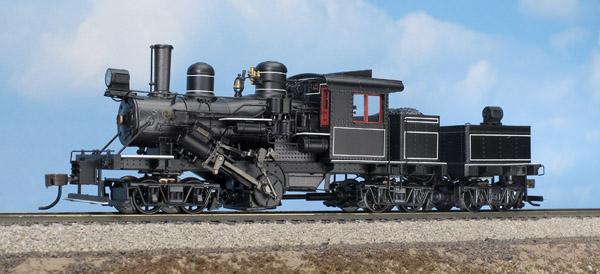
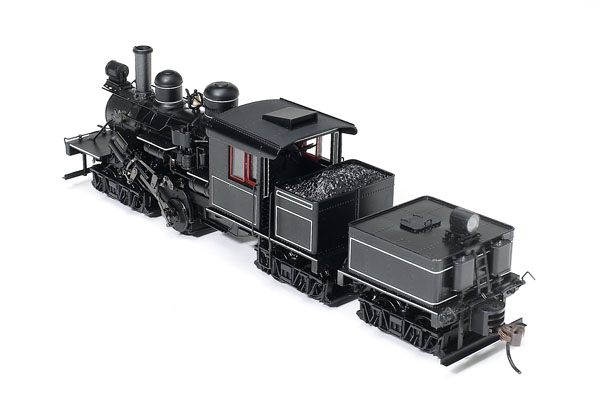
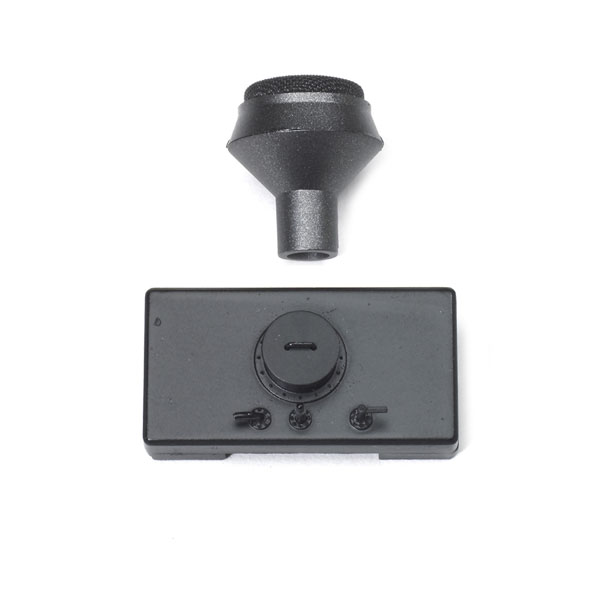
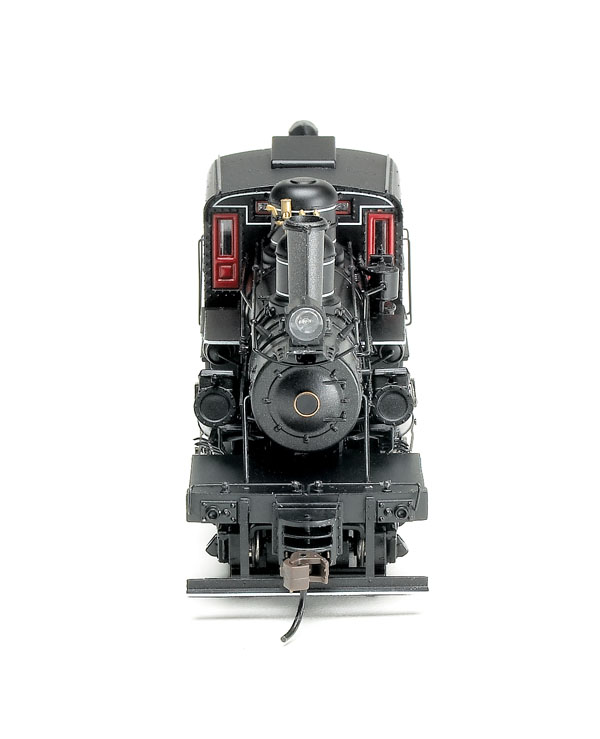
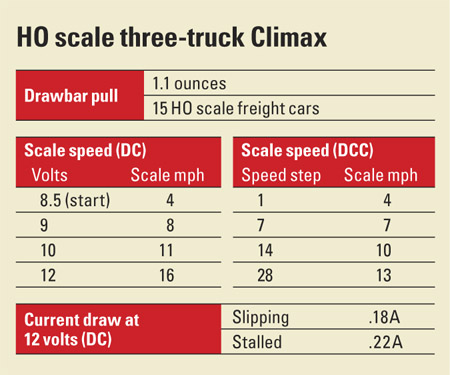

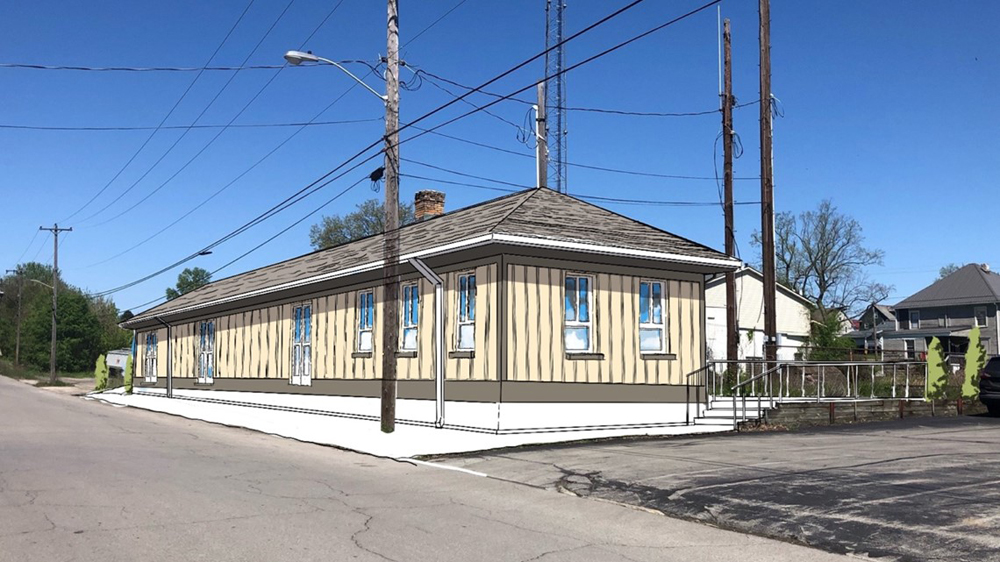
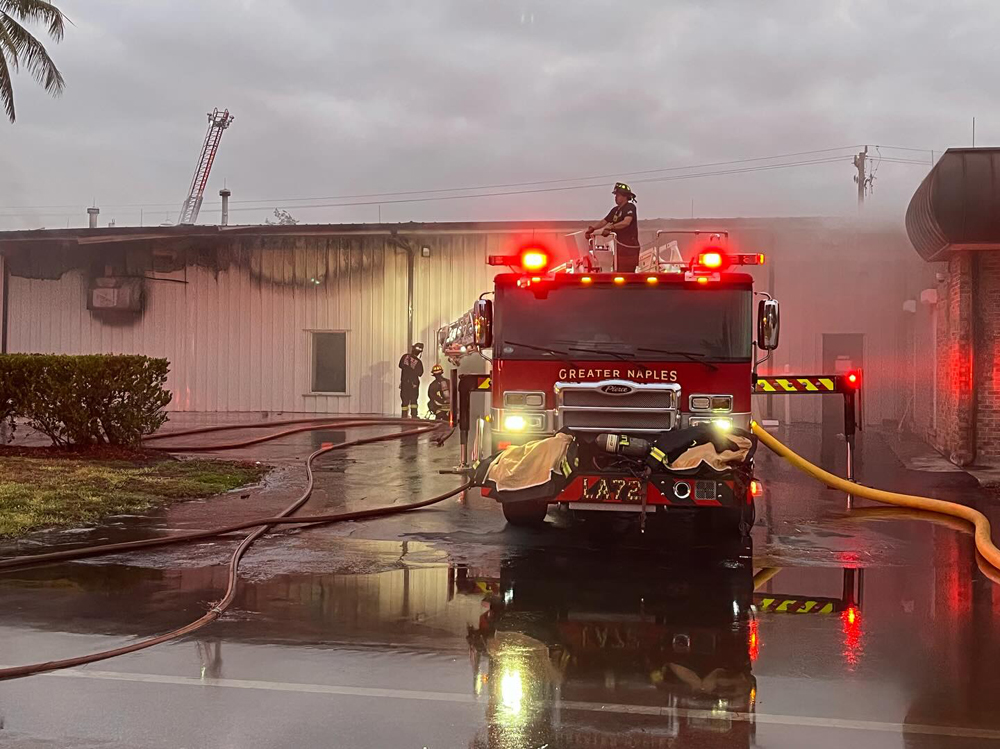
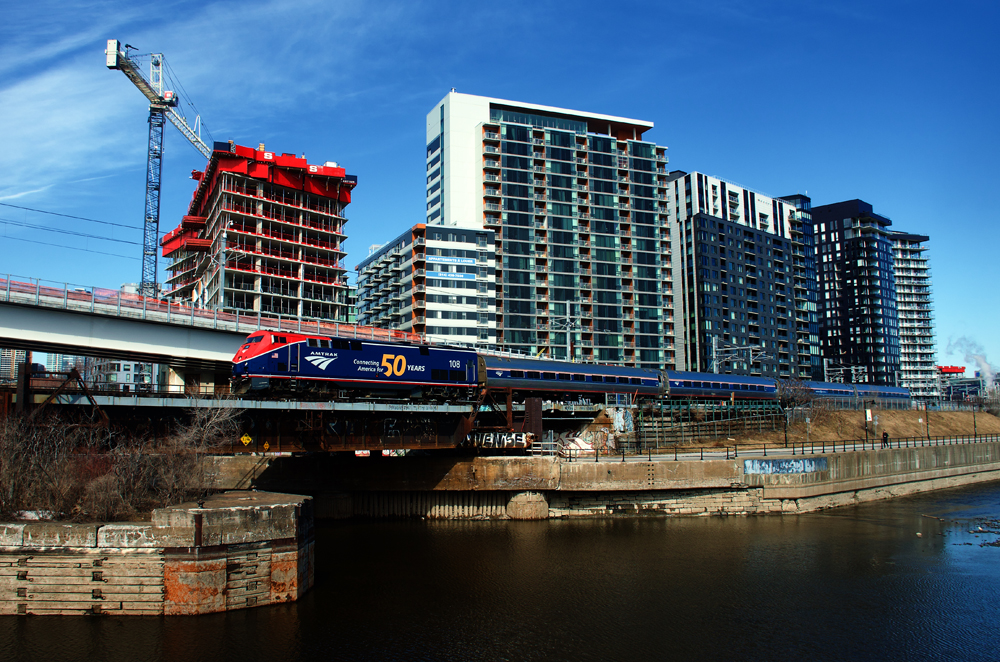
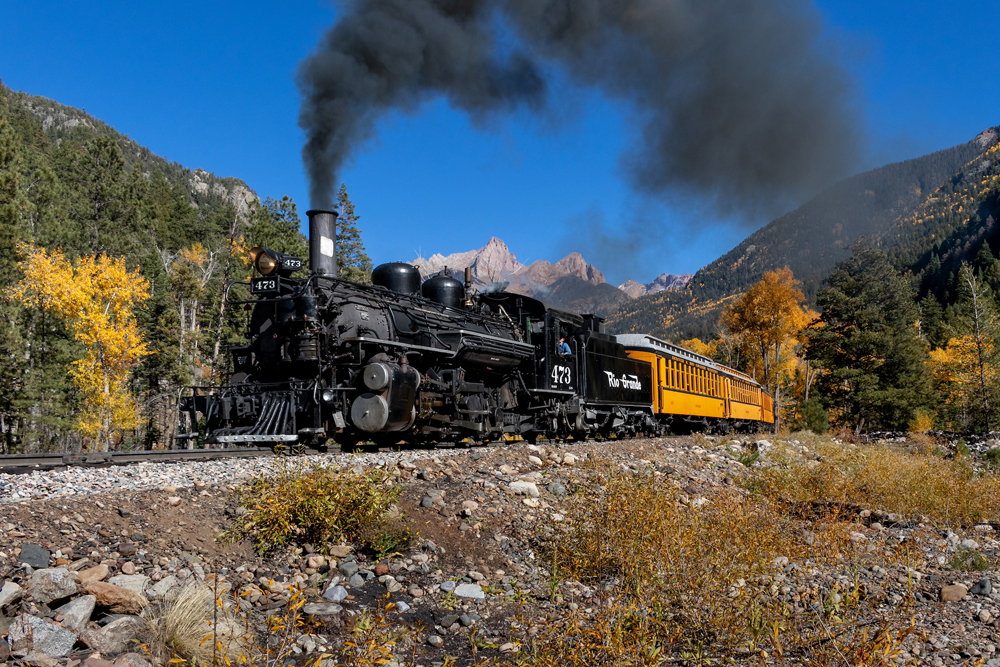




Thinking about buying this Climax for my logging railroad, but I had gear problems with Bachmann's 80 ton Shay. Had to replace the gear sides on all three trucks after only a couple hours of use. So, not yet sure about this Climax. Looks like a great model and gets generally good reviews.
Thinking about buying this Climax for my logging railroad, but I had gear problems with Bachmann's 80 ton Shay. Had to replace the gear sides on all three trucks after only a couple hours of use. So, not yet sure about this Climax. Looks like a great model and gets generally good reviews.
I received my Climax and lubricated the bevel gears as per Jimmy Spears comment, and all other moving parts, I then set the CVs as in Danas review , I then set up a 4×8 plywood test track with s curves on one side of the oval, I ran the Engine forwoard and back for 30 min. then added 4 heavy log cars with wood logs and a Caboose , I got out my min. digital level from Micromark and chimed up one end of the Plywood to a 4% grade it climed with ease so set it to 9.7% and it climed through the S curves @ speed step 2 -5-10-and so on with out stalling or slipping……Grate Little Engine…thank you Dana for doing this Review,..Happy Holidays to all at Kalmbach
JUST READING COMMENTS. I'LL ORDER ONE TODAY, IT WILL BE MY OWN X'MAS PRESENT.
I'm thinking. This is all new to me as I'm just starting out.
Got mine less than a year ago. It is my best running engine. My entire RR is hand laid track but I'm only 27. Its my first model RR and the track is rough. My logging spurs are code 55 and the climax runs right through it all evan scratch biult turnouts.
Got mine less than a year ago. It is my best running engine. My entire RR is hand laid track but I'm only 27. Its my first model RR and the track is rough. My logging spurs are code 55 and the climax runs right through it all evan scratch biult turnouts.
If anyone is still checking on reviews of this 3 Truck Climax there is oone thing I recommend before you run it for an extended time . Support the Loco , upside down on a foam pad or towel, perferably a foam cradle for engine service . Put one drop of LaBells #107 Plastic compatable oil on each of the 10 Bevel gears , return the Climax to your track and run it 20 Feet in one direction and then in reverse . I have done this with both of my 3 Truck Climax's and have not had any problems and I have ran one of them many hours at this writing . I talked with a couple of Modelers that have had the bevel gears split simalar to the 3 Truck Shay which I have experienced also . Hopefully this will help prevent in premature Bevel gear problems for you . Regards Jim
Looks like a great model. I have an old one in brass and wondering if I can repower this model.
The video of this cool new locomotive is up! You can see it here:
http://mrr.trains.com/News%20and%20Reviews/Product%20Reviews/Staff%20Reviews/2011/04/Video%20Bachmann%20HO%20three%20truck%20Climax.aspx
Firstly sorry this is off topic – Alan of Mayland, what else do you have connected to your DCC bus? I have, at least for the short term, only got 3amps to play with and I can run multiple sound enabled locos with easily 20+ freight cars. My layout includes grades of 3% soon to be lessened for other reasons I wont discuss here. I also have PSX circuit breakers and am using remote indicator LEDs which all consume precious amperage – basically what I am saying is I think you have other problems or the loco is extremely bound up and pulling big current, if you can only run one sound equipped loco with three cars.
Now to bring it back to topic a bit I have a HO Bachmann Shay with DCC an tsunami sound and this running on my layout draws well less than .5 amp under load of three logging cars and caboose. How do I measure – I also have a Ramp Meter in line with my system to see what current and volts are being "used"
I worked on the restoration of Climax#3 form the Moore-kepple co. It was a 1910 class b 50 ton, It is now called the Durbin rocket in west Vaginia, on the Grierberg railroad. When firing the engine you could feel the floor bounce beneath your feet at a top speed of 15mph, but boy you could feel the power
Can hardly wait for it in N scale !! 🙂
Please visit the really nice residents of Cass WV and the Cass Scenic Railroad. The opportunity to see the prototype under restoration is a real treat. The other geared locomotives in operation are breath taking. Lots of great modeling ideas in this beautiful part of West Virginia.
Another great model from Bachmann.
Have one, runs and sounds great.
Head light looks great.
I have 30 engines including 3 Shays and a 2 truck Climax- all by Bachman and all very well done. I will not be buying this for one reason- the price. I'm sorry, but even though I can well afford this, breaking the $500 price barrier for an HO is just too much. My 2 cents